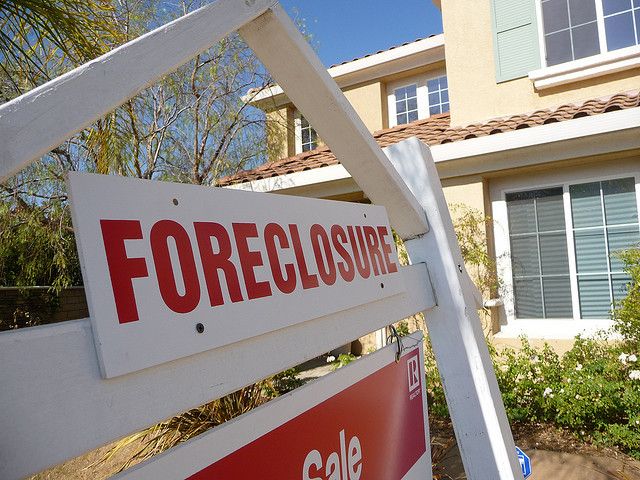When the economy crashed in 2008, the housing bubble burst with it. For-sale signs and foreclosed homes dotted the American landscape. But the severity of the housing crisis varied by region, and a new study from the Lincoln Institute of Land Policy suggests that we can prevent housing bubbles, or at least dampen the damage they cause, by implementing policy by region.
It’s common sense, even before you look at the data. The housing market was drastically different in New York City in 2009 than it was in Detroit. How can a broad monetary policy — what study authors James R. Follian and Seth H. Giertz call “one-size-fits-all” — work effectively?
It can’t, they argue.
“Preventing Housing Price Bubbles: Lessons from the 2006-2012 Bust” finds there are many new cost drivers, from the pace of appreciation to the size of the distressed real estate inventory that change the dynamics of the housing market by region. “Monetary policy is of limited use, given that price appreciation varies so widely across local markets,” the authors explain.
In simple terms: Local conditions shape the market. And it would behoove the government to look at this issue on a case-by-case basis. But how do you detect a bubble before it bursts? The study suggests using econometrics — mathematical economics, just like the word sounds — to predict future housing prices, which “may offer a signal about implausibly high price levels.”
But enough with the wonk jargon. The idea here is that if you can identify a bubble — there is much more regional data available today than ever before — you can at least limit the damage it might have if and when it bursts. I’m all for more regional power, especially if it gives lawmakers an opportunity to shape smart policies that will have a direct effect on the homeowners in their district. The housing market can be a volatile place, but some region-specific policies might make it easier to keep people in their homes.
The Equity Factor is made possible with the support of the Surdna Foundation.

Bill Bradley is a writer and reporter living in Brooklyn. His work has appeared in Deadspin, GQ, and Vanity Fair, among others.

















